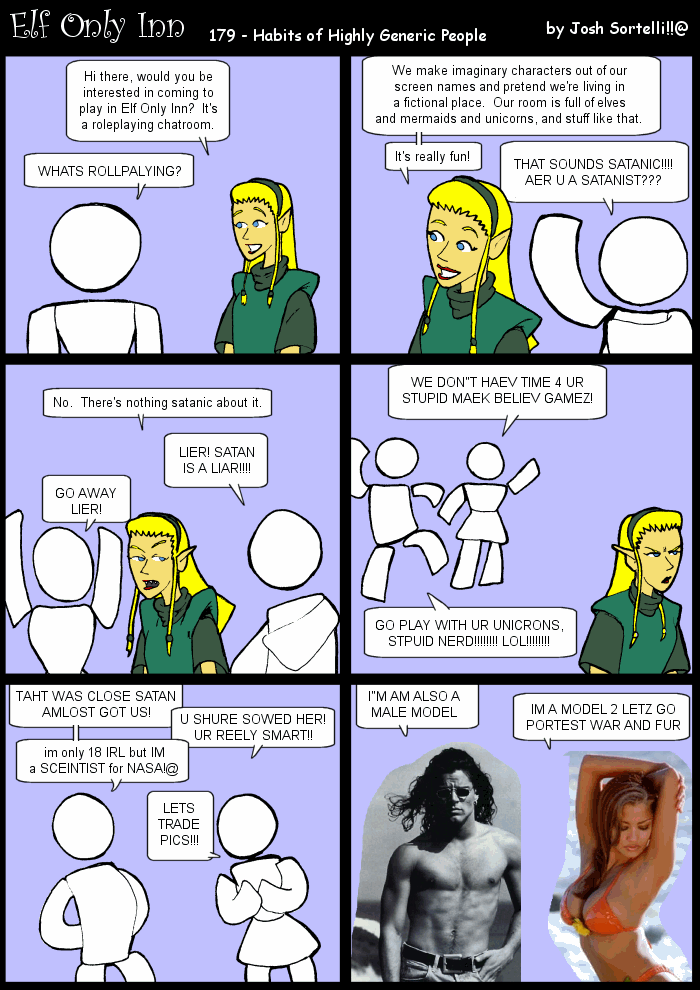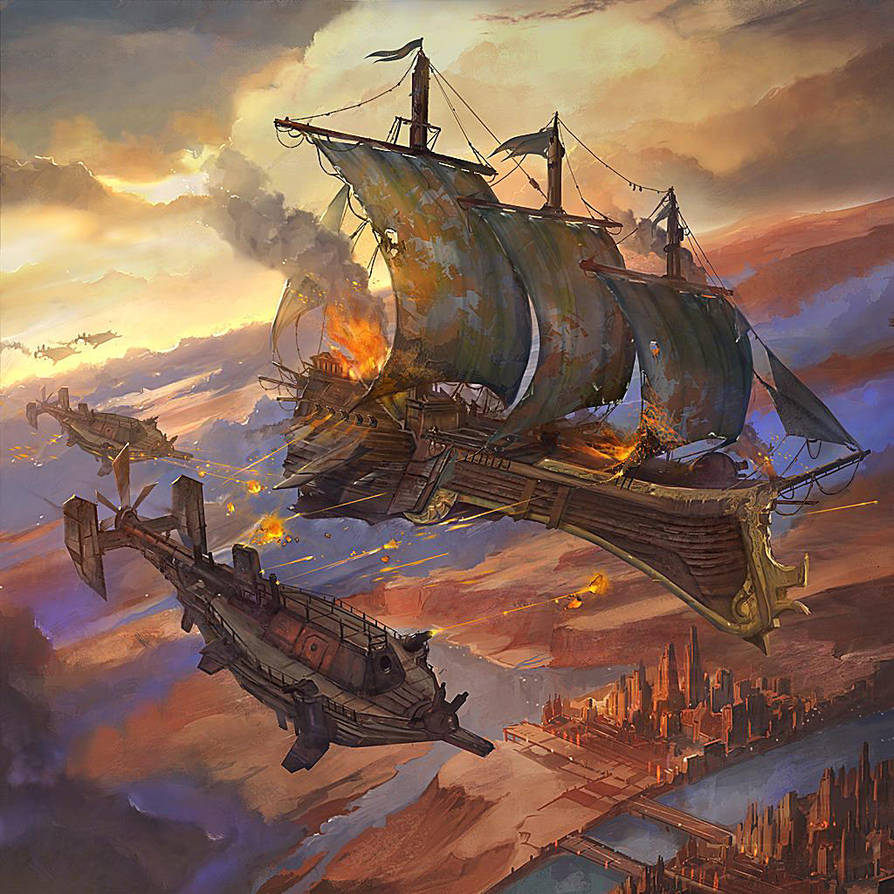Robson got one more before the drones got wise and started firing in their direction. Whatever these buildings were made of, they seemed resistant to some of the fire, but some of the heavier stuff penetrated and that caused Robson to get out of his firing position and into cover. He didn't need to yell things out or do anything but what was trained into him; get down, get out of the way and let the guys covering him do their jobs.
The volume of fire lasted for about three seconds as Vogel's gunners and the rest of the squad started to return fire defensively. Robson stayed out of that fight, providing overwatch for his own squad. The idea here was that someone should be watching, and the long rifles were it for the moment.
Shit, Robson thought to himself, we're in it now. But having the position compromised was a given once they started taking shots, and the plan involved bringing the Salvesh in deeper, luring them with the thought of easy bait and then catching the enemy with a movement to contact. It meant Park's squad felt exposed. It was calculated risk, but perhaps they were figuring that if the squads made contact first, then higher headquarters could pile on with the heavier stuff.
He scanned the misty atmosphere of the habitat with naked eyes rather than a scope, looking to catch movement and whatever else. The noise of the machineguns working was bound to draw further attention.
It was a momentary peek, but it had him on his scope and scanning intently; and with the movement detected by the VI assist, assets like friendly drones, freed up from the combat by the Squad's engagement, focused their searches on the area as well.
There were a couple basic designations for enemies. The enemy drone types were, on the augmented reality goggles, purple. Any enemy, such as the drones, engaged with them were red. Anything they couldn't see directly was a small diamond on the display, but anything directly exposed to them was outlined. Lost contacts went fainter in color and circular to indicate the last known area.
Overlaying all this was a haze of probable, but not definite, area of enemy activity, which was marked with lines to indicate where that area, probably, ended.
Organic enemies were orange. The little orange diamonds started to pop up as the drones did their work.
Of course then, the Salvesh, themselves familiar with drone capabilities, started popping those drones and the diamonds turned to dim circles.
But that one pesky Salvesh poked out again, readying some sort of weapon, and Robson reported, "Salvesh, 11 o'clock, down below. 800M. Heavy weapon."
He took his time lining up the shot, using all the data provided through the scope of his weapon and the attached accessories that helped determine, automatically, how to compensate and fed all that into the scope with indicators, both visual in the form of arrows, and haptics, in the form of a pulse on the grip of his weapon (like an Apple watch on navigation mode) that guided him right to where the enemy was, as he was lining up his shot. He even had a little marker to show him where to aim to achieve the best result. He'd told the VI some time ago that center mass was preferred, because heads were harder to hit, and Robson was pragmatic.
He barely heard his own shot, but he felt the recoil through the pseudo-musculature compensators in the Grathik-modified light fifty. Those clenched and absorbed the recoil, keeping him on target with a follow-on shot if he wanted one. He still did things in an old fashioned way with breathing control and trigger discipline. Robson could have jerked the trigger, breathed in when out was needed and otherwise thrown the shot. Or the Salvesh could have noticed a jerky, rather than smooth, trained movement by the sniper. All these variables. The Grathik learned, the hard way, that advanced weapons were nice, but you needed a killer to do the killing.
The Salvesh's upper body, armored as it was in a plated suit, still exploded into a mess of mangled flesh as Jake Robson scored the first organic kill of Humanity's first war in space.


